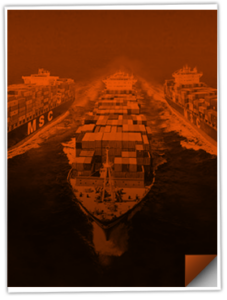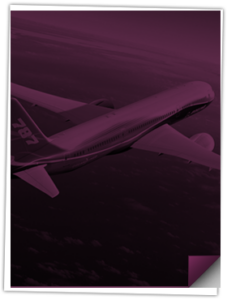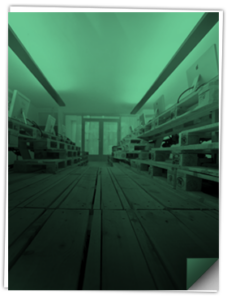What is a Centralized Examination Station (CES)?
A Centralized Examination Station (CES) is a private facility authorized by U.S. Customs and Border Protection (CBP) where imported cargo is sent for inspection before being released into U.S. commerce. When CBP selects a shipment for examination, it is diverted from the port to a CES, where customs officers can inspect the goods in a controlled environment.
These inspections are used to verify compliance with U.S. laws related to tariffs, contraband, intellectual property, agriculture, and trade regulations.
Why Are Shipments Sent to a CES?
Shipments may be flagged for examination due to:
- Random selection
- Suspicious or incomplete documentation
- High-risk commodities (e.g., electronics, pharmaceuticals)
- Potential misclassification or undervaluation
- Agricultural concerns (soil, pests, or prohibited materials)
What Happens at a CES?
Once selected, the cargo is transported to the designated CES facility, where:
- CBP officers conduct physical inspections, X-rays, or sampling
- Goods are repacked and resealed after the exam
- CBP clears or detains the shipment based on findings
- All costs associated with the move and exam (drayage, devanning, storage) are billed to the importer
Impact on Importers and Shippers
- Delays in cargo release—ranging from a few days to a few weeks
- Additional costs, including drayage, handling, and storage fees
- Increased compliance scrutiny for repeat exam flags
- Possible penalties if noncompliance or violations are found
Example in Practice
An importer brings in a shipment of auto parts from Germany. CBP flags the cargo for a Tail Gate Exam, and it is redirected to a CES near the Port of Baltimore. After X-ray screening and a brief physical inspection, the shipment is cleared and returned to the importer’s freight forwarder for final delivery.
Need help with your shipments? Contact us today!



